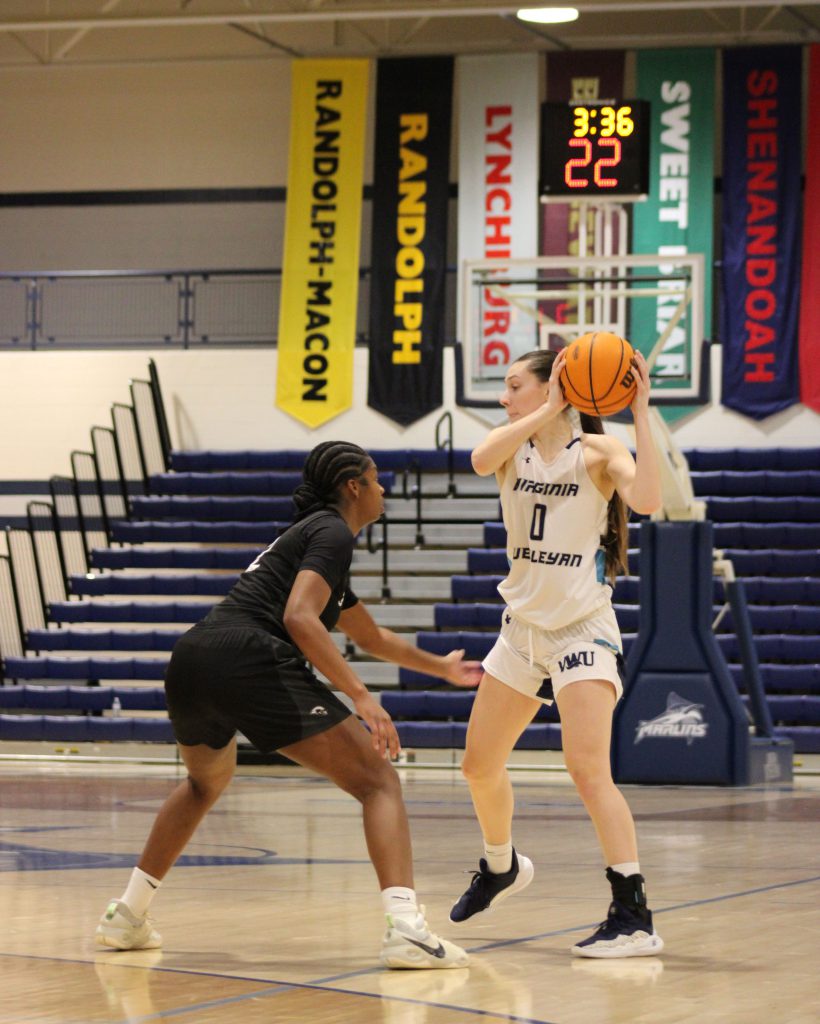JEFFREY BAZINET
Staff Writer
When the topic of bullying, hazing, and harassment in sports comes up, a six foot five, 312 pound professional football player is not the typical victim that comes to mind. However, these are the exactly the characteristics of Jonathan Martin, a National Football League player whose story of abuse has been dominating the headlines in recent weeks.
For those not familiar with the story, Martin, a second year offensive lineman with the Miami Dolphins, left the team to seek professional treatment on Oct. 28, after making allegations of bullying and harassment by teammates. In the following days, the team conducted an investigation and indefinitely suspended veteran lineman Richie Incognito, the supposed ringleader of the harassment. A number of disturbing text messages and voice mails have been released in which Incognito makes threatening comments, and directs racial and sexual slurs toward Martin and his family. Incognito has a checkered past to say the least. In 2009, he was voted the NFL’s dirtiest player, and he has been suspended or fined for conduct related issues a number of times throughout his collegiate and professional career.
However, the story took a somewhat surprising turn when Dolphin players have almost unanimously come to the defense of Incognito. They say that the older Incognito was like a big brother to Martin, and the heckling and pranks were nothing but harmless locker room antics. A report by Omar Kelly of the South Florida Sun-Sentinel even stated that Dolphins coaches knew about the abuse and wanted Incognito to “toughen Martin up.”
While the Martin case is very disturbing, it is rare that a professional athlete is bullied to the point of having an emotional breakdown. There are certainly plenty of questionable forms of “initiation” and “time honored rituals” that take place. Rookies are often forced to do things like pick up expensive tabs or carry the veteran players’ equipment. However, professional athletes are grown men and women who are more mature and well equipped to handle situations when things go a little too far.
It is at the collegiate level where a culture of hazing in team sports often takes its roots. In a national survey of college athletes conducted by Alfred University, 65 percent of respondents reported having to participate in at least one form of “questionable” initiation, while 24 percent reported taking part in activities that were deemed “unacceptable.” Questionable acts included things such as acting as a personal servant to players off the field, being forced to wear embarrassing clothing, and being forced to deprive oneself of food, sleep or hygiene. The most common unacceptable acts reported were being forced to consume alcohol, destroying or stealing property, and engaging in or simulating sexual acts. In addition, the study showed that while hazing is certainly more common in some sports than others, it is something that takes places to some extent in all sports and at every level of college athletics.
As in the Martin case, where teammates don’t seem to see the harm in the actions that took place, hazing and bullying in college sports often takes place under the disguise of “initiation” and “team bonding.” While the abuse may not leave any physical scars, the long term damage that it can cause is undeniable. There are plenty of healthy ways to build team chemistry without humiliating, degrading, or endangering individuals. In fact, these forms of initiation will usually just breed anger and divisiveness in the long run, as we are seeing play out right now in the Dolphins locker room.
Athletics is a major part of campus life. Most would agree that the small, tight knit community breeds a culture of teamwork, rather than hazing, bullying, and harassment. This is an accomplishment that all Marlins should feel proud of, as we are the ones responsible for creating and maintaining a healthy campus environment. However, athletes, coaches, and administrators must remain vigilant in order to protect the open and honest culture that has been established throughout the Virginia Wesleyan Athletic Department. It only takes one seemingly harmless action falling through the cracks to totally change the precedent that has been set. As the Jonathan Martin case goes to show, abuse can take place anywhere if the surrounding environment supports it. Hopefully, it will also serve as a reminder to everyone that these actions have no place in sports.
